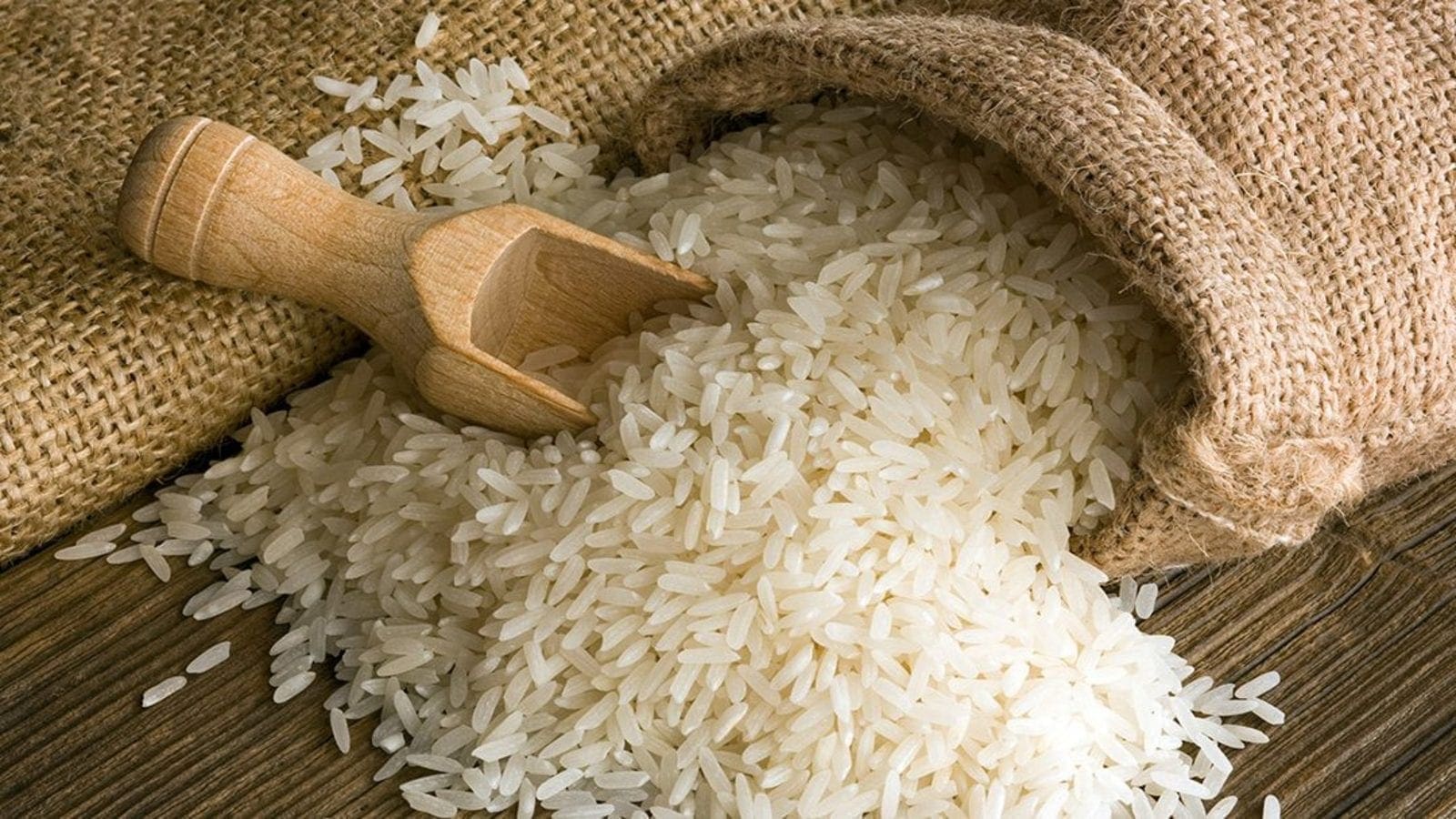KENYA – The Kenyan government is set to undertake strategic changes in the maize sector to boost production of the country’s staple food and ensure efficiency of operations.
This comes months after President Uhuru Kenyatta formed a task force to review the performance of the maize industry with focus on policy, regulation, declining production, high cost of production, high post-harvest losses, unpredictable and unstructured markets as well as cheap imports.
A report, presented in March 2019, recommended an immediate restructuring of the National Cereals Board (NCPB) and the Strategic Food Reserve Trust Fund (SFRTF) to make them efficient and autonomous.
NCPB was formed in 1985 to regulate grain stocking and trade. It was also tasked with advising the country on proper production of maize, wheat and other crops.
To complement this role, the Strategic Food Reserve Trust Fund (SFRTF) – established in 2015 – was mandated to stabilise food supply and prices as well as maintain adequate reserves in stock and cash equivalent, reports The East African.
The reforming process will entail NCPB staff to be vetted, an exercise that will involve the Department of Criminal Investigation (DCI).
The changes seek to create a trading division in the board whose role will be to bring together farmers, producer organisations and agro-dealers around aggregation centres for storage, bulk sourcing and marketing.
Being blamed for distorting the market and crowding out the private sector, the board will lose at least 25 per cent of its more than 100 stores to ease effective early participation of the private sector and the establishment of a warehouse receipt system.
Warehouses and cooperative societies affiliated to NCPB trading division will be required to provide extension and input services to registered farmers.
“In return, registered farmers are obligated to warehouses/co-ops by production contracts. The warehouses/co-ops will promote and maintain primary farmer registers, production and stock movement,” the document says.
The National Food Reserve will utilise the warehouse receipt system and voucher incentive programme for market stabilisation through commodity exchange.
The system allows farmers to delay the sale of their produce until prices are favourable even as they are facilitated to borrow against receipts issued for goods at designated warehouses.
Under the system modelled on the stock exchange, and already used in Ethiopia, the commodity exchange will facilitate trade of warehouse receipts in a manner that will eliminate the need for physical movement of goods.
Kenya’s maize production is far below global best practice or even regional standards with an average annual maize deficit of 10 million bags, a gap that is filled with importation.
Another report prepared by the International Maize and Wheat Improvement Centre (CIMMYT) and Kenya Agricultural Research and Livestock Organisation (Kalro) recommends a number of technological interventions, as well as policy and regulatory changes to boost productivity.
They include a designation of maize-growing counties so that investment can be targeted and land in the other regions freed up for other crops.
The document names Trans Nzoia, Uasin Gishu, Elgeyo-Marakwet, Nandi, Nakuru, Narok, Kericho, Kakamega, Bungoma and Kisii counties as the viable maize producers based on a cut-off point of two tonnes per hectare.











